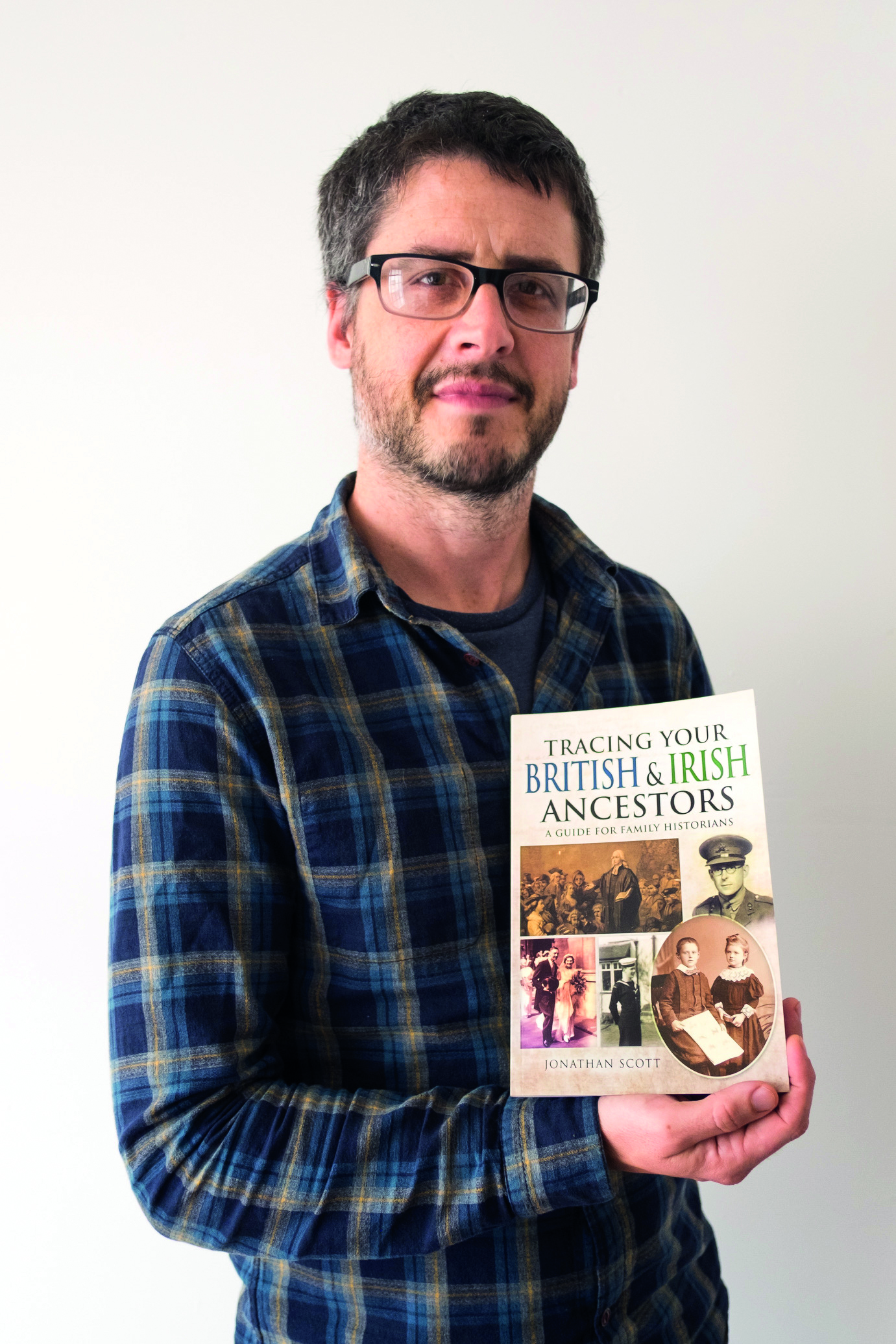Finding your ancestor’s death record is an important part of family history research, confirming their date of death and providing an end to researching their life story. Civil registration in England and Wales was introduced in 1837, creating a national register of birth, marriage and death records at the General Register Office. If you’re tracing ancestors before 1837 or who’ve disappeared from the records, you’ll need to find their burial record in a local cemetery or graveyard. It’s also worth looking for cemetery records because the memorial inscription may well include additional information, such as the names of bereaved family members.
Graveyards, municipal cemeteries and crematoria look after their own records, there is no central registry, and what is available online varies a great deal from place to place. Fortunately, over the past two decades the gaps in finding cemetery records have gradually been filled by community-generated and commercial hubs specialising in memorial inscriptions and cemetery records. Keep in mind, however, that some people may have asked to be buried a long way from where they were living when they died.
Remember, while you're researching an ancestor's death, you can also look up their probate record.
Where to find cemetery records online
1. Find a Grave
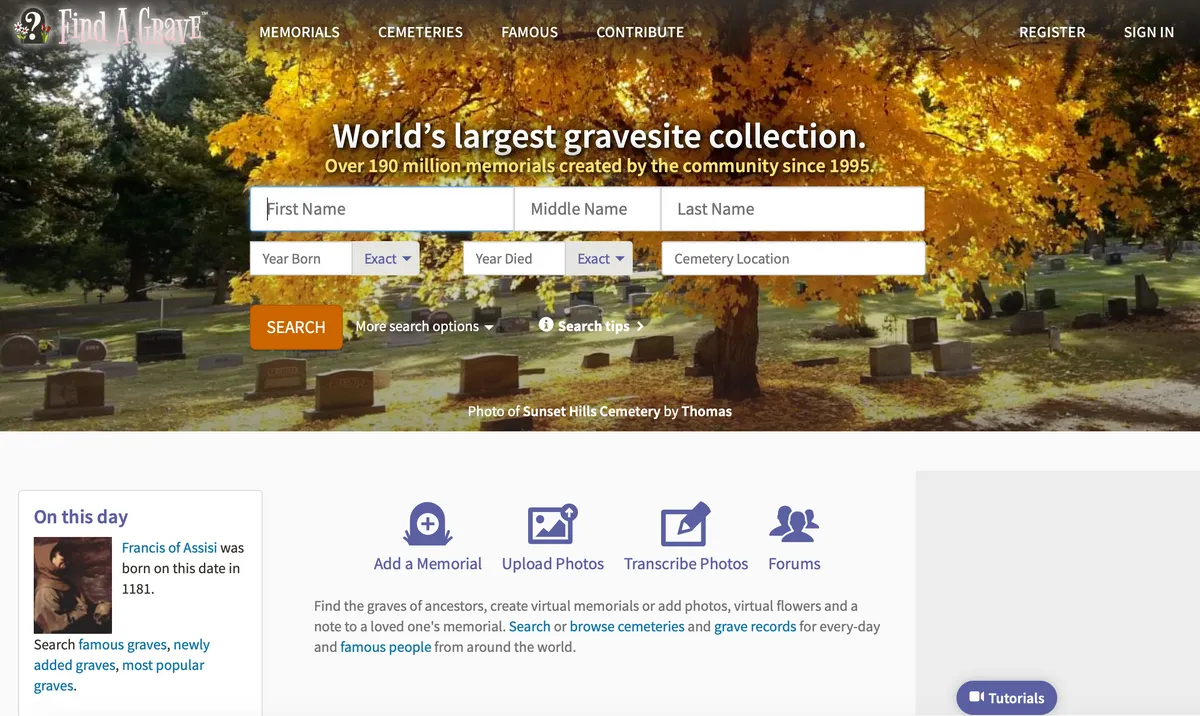
This people-powered cemetery records website has been around for a quarter of a century. And while the mammoth photographic database used to have a heavy US bias, its UK coverage continues to improve. The site was bought by Ancestry in 2013, and has lots of tools designed to make it quick and easy to share cemetery records, not least through the app. To become a contributing member you will need to register, then you can add cemeteries, manage/update memorials, upload photographs and suggest edits. There’s a ‘virtual cemetery’ tool, with which you can gather records from around the world to your profile page. You can also log a request if you would like a local volunteer to take a picture of a not-yet-photographed headstone.
2. Deceased Online

This long-running UK cemetery records site continues to expand its roster, and it remains a fairly quick and simple matter to find what you need to know. You can browse the registers by country, region, county, burial authority or crematorium free of charge, or search by name. If you sign up (there’s pay-per-view, or annual subscriptions starting at £99) you can access digitised cremation or burial registers, as well as photographs of the graves or memorials, and cemetery maps showing the grave’s exact location. The site has thousands of records from London’s ‘Magnificent Seven’ for example as well as numerous other English cemeteries. The site also has good collections from Scotland.
3. Findmypast
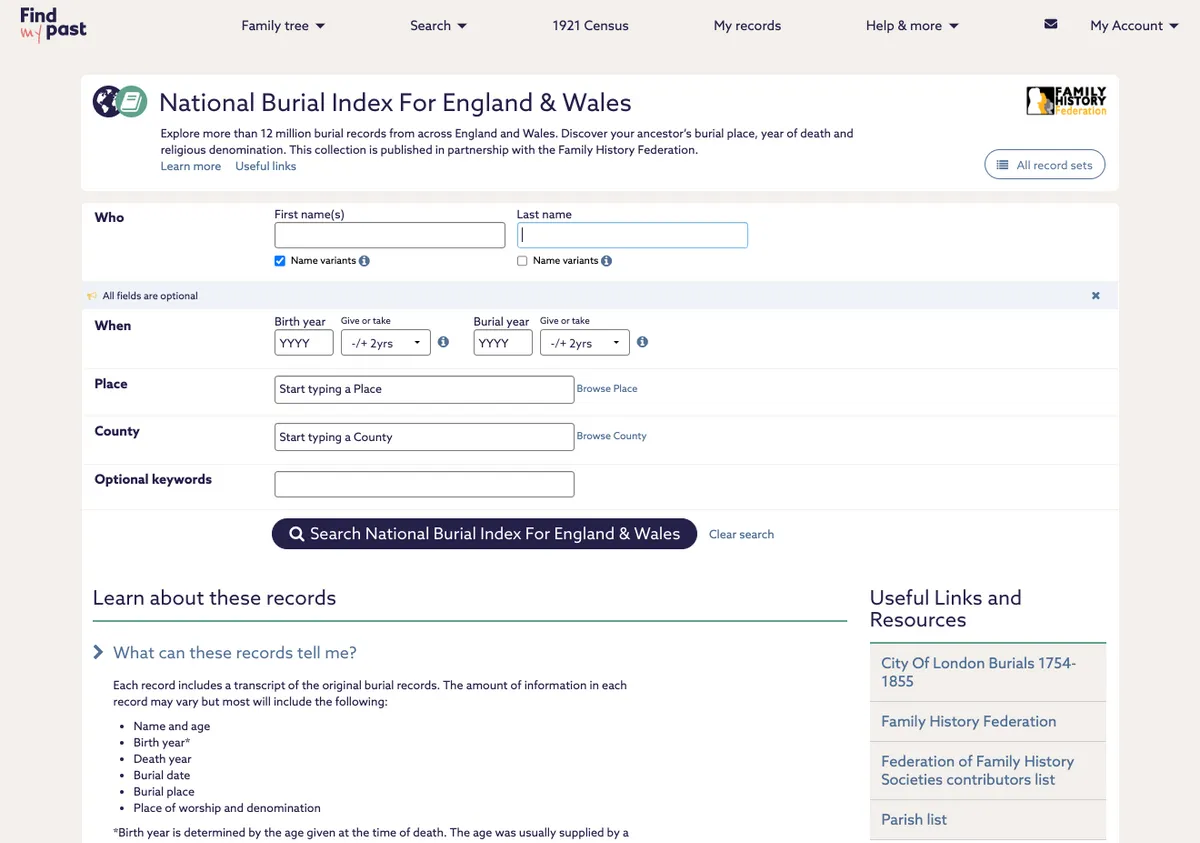
Subscription family history website Findmypast has the National Burial Index for England and Wales amongst its collections. This vast index contains more than 12 million burials, with a particularly strong holding for 1813-1850. The index is a compilation of hundreds of burial indexing projects run by volunteers at family history societies. As well as church burial records that are included in its parish register collections, the website also has some municipal cemetery records such as Manchester and Oldham cemeteries in Lancashire. The website also connects to the BillionGraves index (see below) enabling you to search two websites at once.
4. Commonwealth War Graves Commission
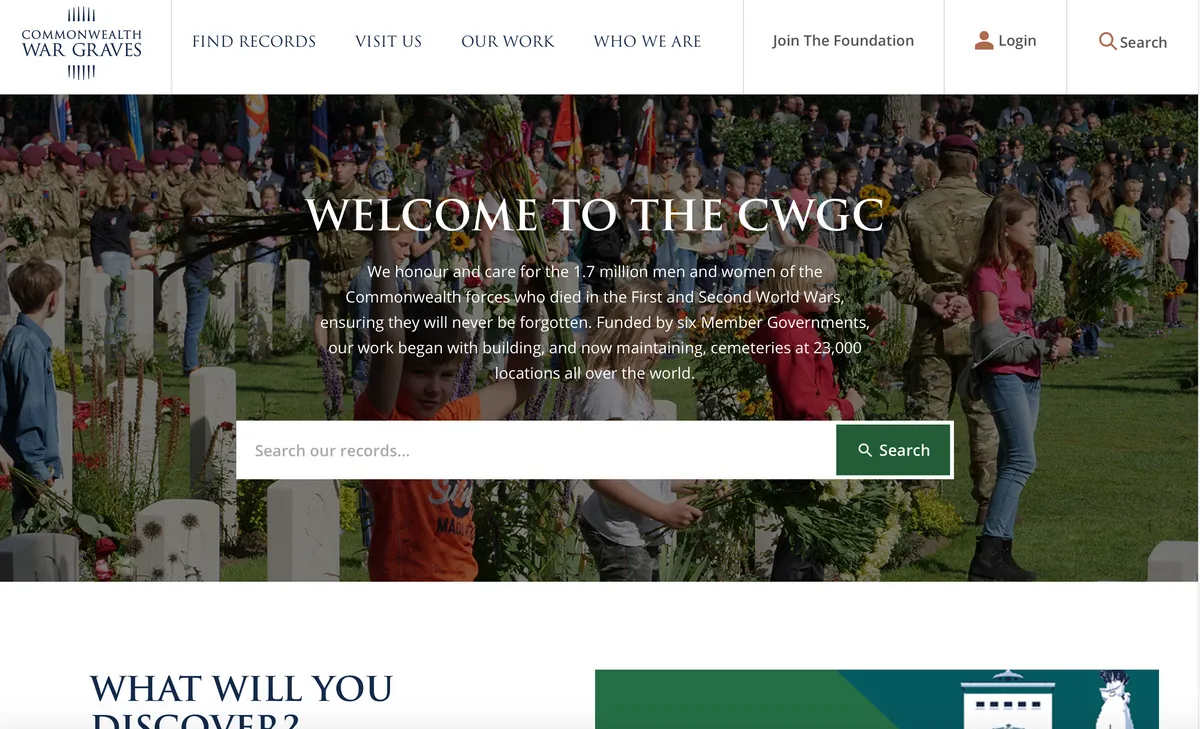
The Commonwealth War Graves Commission’s website is home to a database of burial records 1.7 million Commonwealth men and women who died fighting in the First and Second World Wars. You can search the website by a number of fields (narrowing searches by conflict, country, force etc), and you can find out more about individual cemeteries and memorials. You can either choose a county and browse a list of results, or explore via a map. Each location includes the number of casualties recorded there, GPS coordinates, and of course the individuals memorialised.
5. Interment.net
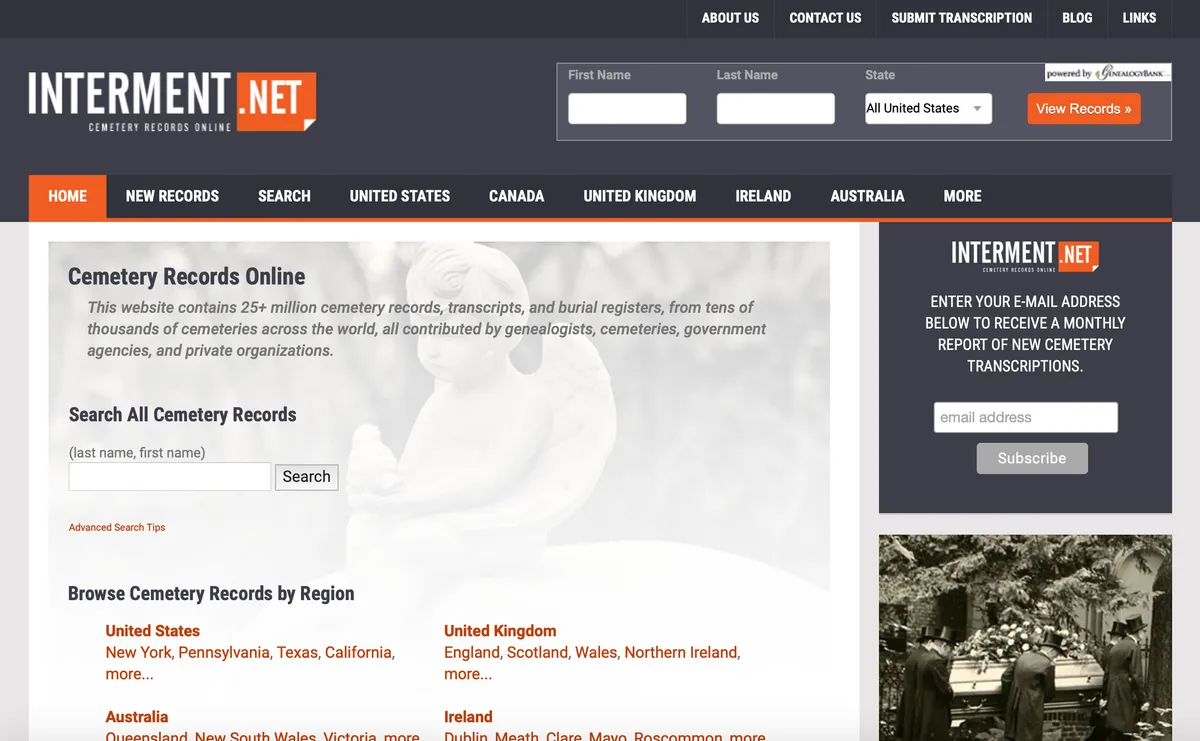
This cemetery records website holds transcribed memorial inscriptions from across the world. Access is free, and most of the transcriptions come from local government sources, as well as churches and genealogical groups. The UK coverage varies a great deal – there’s only one Sussex cemetery, for example – but it’s worth seeing what’s here from your area.
6. BillionGraves
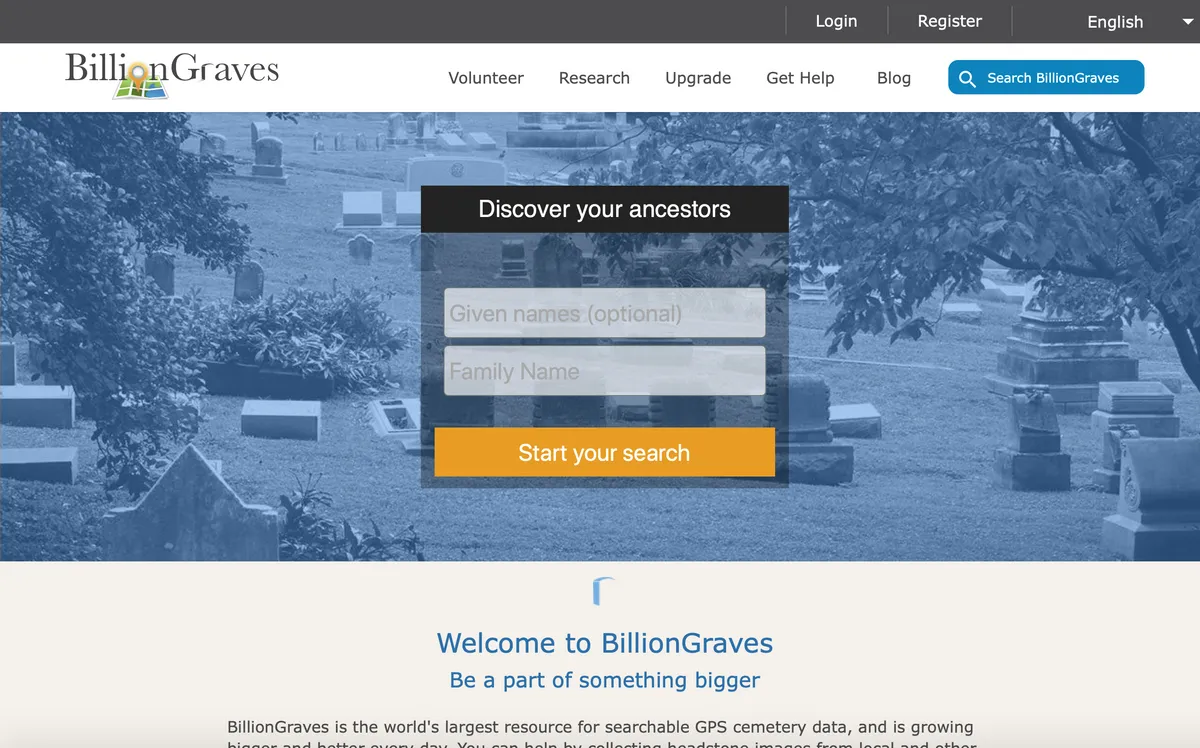
The best way to gain a sense of the UK coverage of this cemetery records behemoth is by using the search tool at BillionGraves. A map appears with cemeteries, crematoria and graveyards marked. Blue tags indicate no additional data/photos, green means there are entries – a single click reveals how many headstone images lie within – and yellow signifies there’s an outstanding photo request. Like Find a Grave, the website offers an app for iOS and Android that allows you to locate, photograph and upload headstones. The index is also available on Findmypast and FamilySearch.
7. TheGenealogist
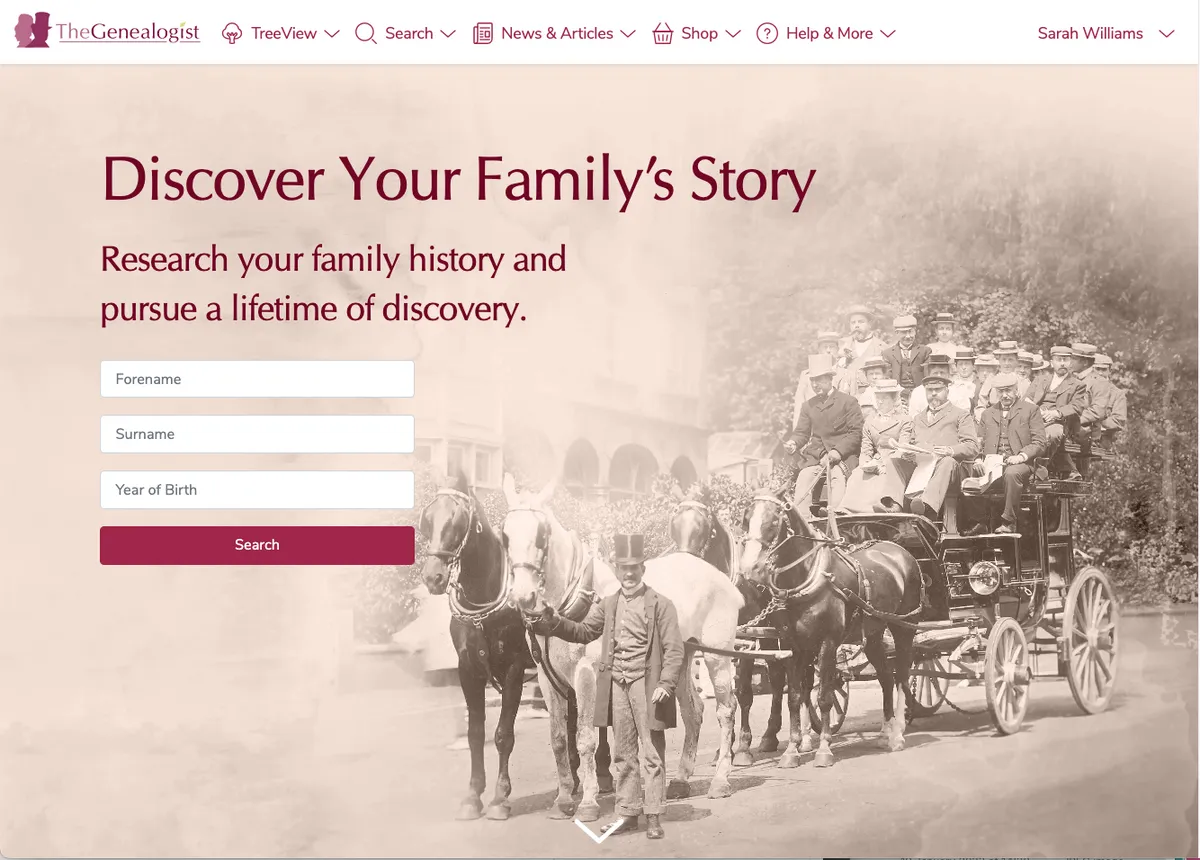
As well as a selection of parish registers containing burial records, this website has its International Headstone Collection with many thousands of records mainly from the UK. This growing collection is a result of the ongoing UKIndexer Headstone Project which encourages volunteers to photograph and transcribe headstones from their local cemetery. Although the work is voluntary, participants can earn credits which can then be redeemed towards a subscription to TheGenealogist.
8. FamilySearch
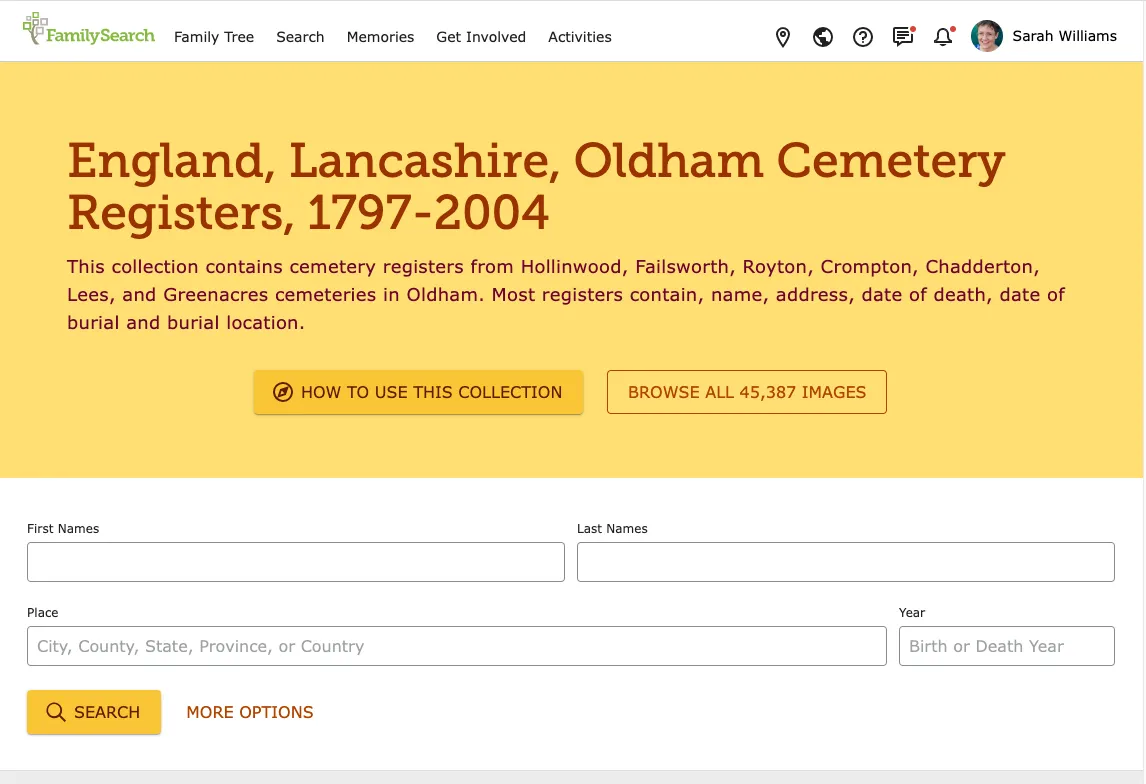
This mammoth free family history website also now boasts a growing collection of cemetery records including a vast collection of burial registers from Hull, Oldham and Reading. The site is continuously adding records. Try searching by place and searching images. Some images can only be viewed from a FamilySearch affiliate library, but many images are free to view if you register for free on the website.
9. Everafter
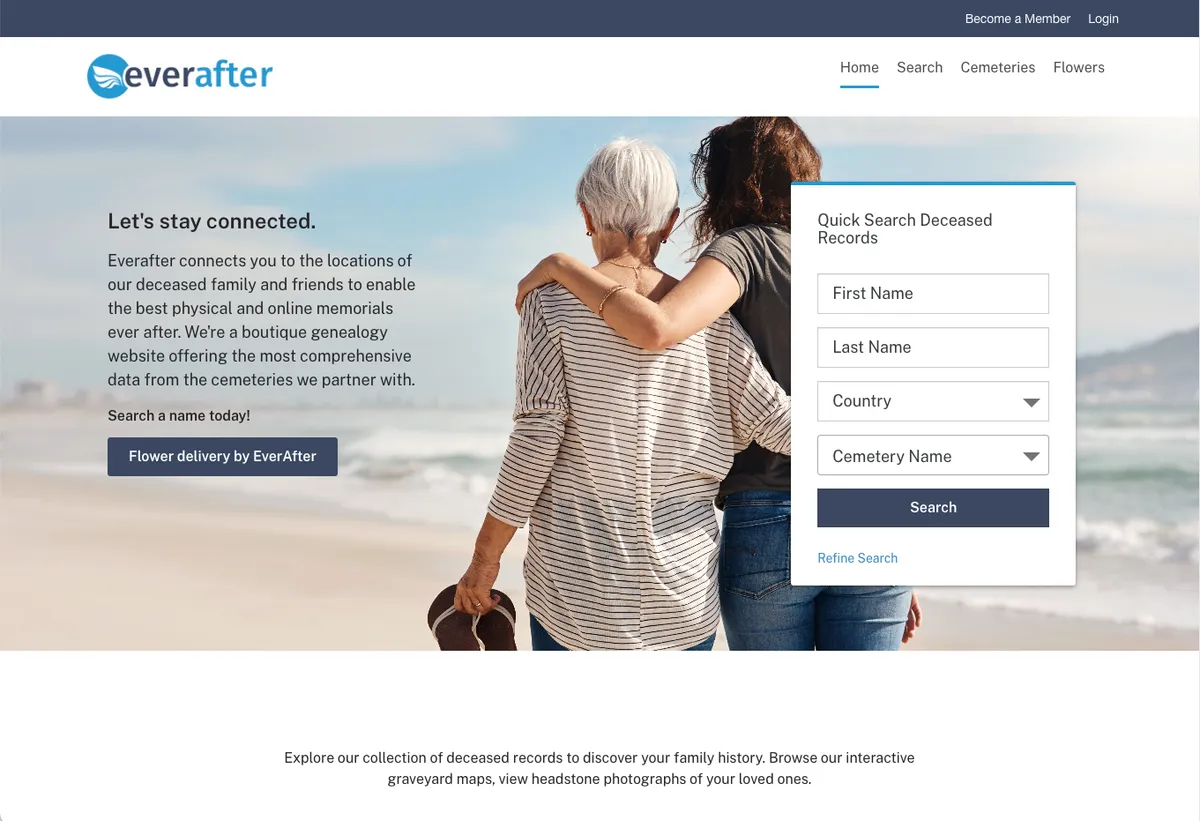
This Irish company, not surprisingly, has a particularly strong collection of Irish cemetery records but it's reach covers most English-speaking countries, from Canada and the US to Australia and the UK. It's parent company provides software for local councils to manage their burial records and this, in turn, powers the information on this website. You will need to register to see more details, but this is free. You can also arrange for flowers to placed on a grave for some cemeteries.
10. Gravestone Photograph Resource
Not the most attractive online resource, but what this website lacks in images it gives in numbers. The site has over 1.2 million names extracted from English grave monuments and over three million worldwide. If you find a family member, you can read the information extracted from the monument and a low resolution image of it. You can apply for a high resolution image for free.
How to find local council cemetery records
Some local councils provide online indexes to their burial records. These indexes have often been compiled by local volunteers, sometimes as part of a family or local history society project. Most councils will charge a fee if you want a copy of the original burial record.
